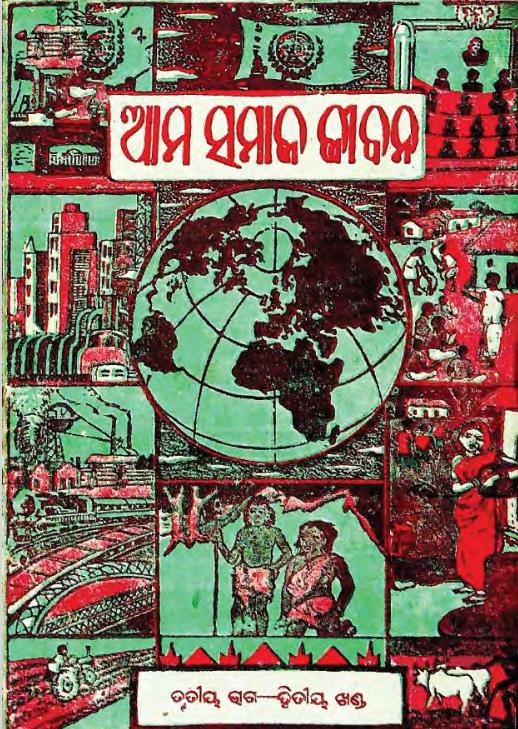Ama Samaja Jiban, a seminal text authored by Niranjan Mahapatra and published in 1968, is an invaluable resource for students delving into the intricate fabric of social and historical narratives. In its third volume, particularly in Part 02, the book captures significant events, cultural evolutions, and societal transformations that shape the modern understanding of regional and national identities. As students enter Class 8, this textbook serves not just as an academic resource but also as a gateway to understanding their heritage and the world around them.
One of the primary strengths of Ama Samaja Jiban is its focus on localized history, which often goes overlooked in mainstream historical narratives. Mahapatra meticulously documents the socio-political dynamics within the Indian subcontinent, enhancing the curriculum by connecting students with the past. This focus encourages learners to appreciate their roots while recognizing the diverse tapestry of influences that have shaped contemporary society.
The historical context within this textbook showcases noteworthy events that have played pivotal roles in the evolution of communities and cultures. For instance, students can glean insights into the socio-economic conditions of historical periods, the impact of colonialism, and the subsequent movements for independence. These themes provide crucial background for understanding the struggles and triumphs of those who came before, fostering a sense of empathy and respect for the shared history.
The narrative style adopted by Mahapatra is engaging and accessible, making complex ideas easier to digest for Class 8 students. The use of relatable examples and anecdotes helps to create a vivid picture of past events, bridging the gap between historical facts and young learners’ understanding. This approach not only sparks interest but also encourages critical thinking, as students are prompted to analyze and interpret the motivations and consequences of historical actions.
Illustrations and maps included in Ama Samaja Jiban further enhance the learning experience. Visual aids are crucial for students in this age group, providing an avenue for visual learners to connect with the material. By incorporating maps, charts, and illustrations, Mahapatra enriches the text, allowing students to visualize geographical and cultural shifts that have occurred over time. This visual representation fosters geographical literacy and enhances their overall comprehension of history.
Moreover, the book emphasizes the values and lessons derived from historical narratives, presenting them as not just a collection of dates and events but as stories that teach resilience, courage, and the importance of community. By highlighting the contributions of various individuals and groups, Ama Samaja Jiban helps instill a sense of pride and responsibility within young readers, encouraging them to appreciate their heritage and contribute positively to society.
As educators utilize Ama Samaja Jiban in the classroom, they benefit from a resource that aligns with modern pedagogical practices aimed at developing thoughtful, informed citizens. The book not only meets curriculum requirements but also roles into play discussions about identity, heritage, and the interconnectedness of global histories.
Books Info
| Books name | Ama Samaja Jiban / ଆମ ସମାଜ ଜୀବନ |
| Author | Niranjan Mahapatra et al. |
| No Of pages | 198 |
| Publisher | Sri Rabindranatha Mahanti |
| Publication | 1968 rp. |
| Printed At | NA |
| Distributor | NA |

